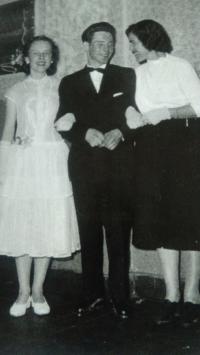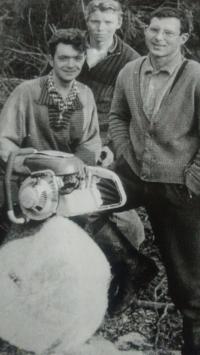All things bad are good for something

Download image
Josef Borsik was born on 31st October 1940 in Jamu Mare, in the Romanian Banat. In 19th century, his Protestant ancestors moved to another part of the then Austro-Hungarian Empire in search of a fertile land. There, in the German little town, Josef spent a nice childhood.When he was 9, in August 1949, his family moved to Aš in Czechoslovakia. Josef witnessed the change of the former wealthy, industrial German town into a Czech, devastated, closely checked border outpost. After the maturita at the local secondary school, he was not admitted to further study at the Academy of Fine Arts (AVU) but he has kept his interest in arts all his life. After a lucrative period when he worked in uranium mines, he, out of sheer enthuasiasm, accepted the post of the Aš Museum director. He initiated many local cultural events, both in the Museum and the town. He organized art exhibitions, Photographic Workshops or created a register of stone crosses of Bohemia and Moravia, to name just a few.




















